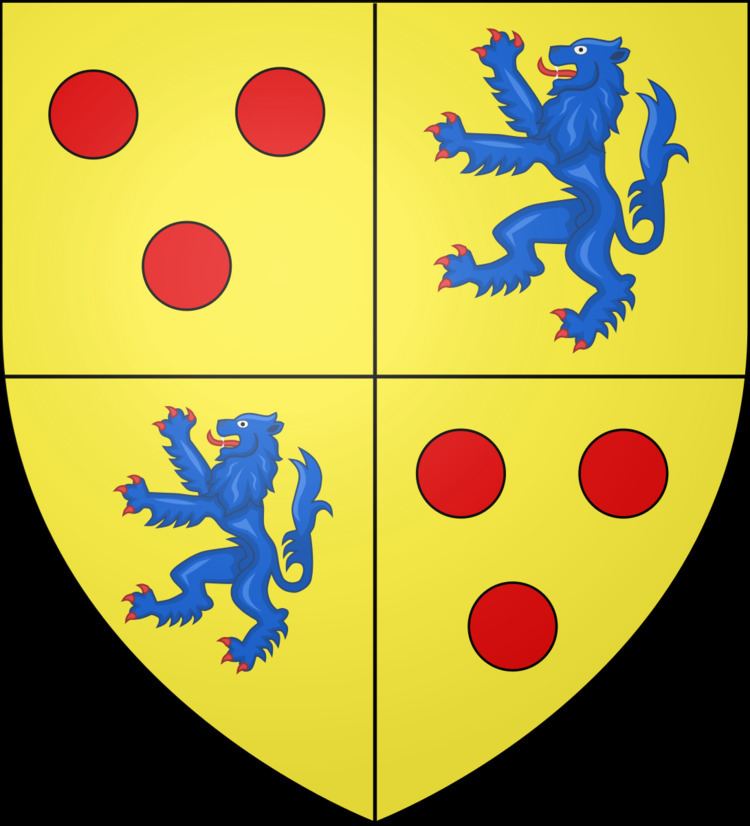Name Thomas 6th | ||
 | ||
Parents Thomas de Courtenay, 5th Earl of Devon Grandparents Hugh de Courtenay, 4th Earl of Devon Great-grandparents Edward de Courtenay, 3rd Earl of Devon People also search for Thomas Courtenay, 14th Earl of Devon | ||
Thomas Courtenay, 6th Earl of Devon (1432 – 3 April 1461), was the eldest son of Thomas Courtenay, 13th Earl of Devon, by Margaret Beaufort, the daughter of John Beaufort, Earl of Somerset, and Margaret Holland, daughter of Thomas Holland, Earl of Kent. Through his mother he was a great-grandson of King Edward III.
Contents
Family
Courtenay was born in 1432, the eldest son and heir of Thomas Courtenay, 13th Earl of Devon, by Margaret Beaufort. He had two brothers and five sisters:
Career
Courtenay was 26 years of age when his father died on 3 February 1458 during the first phase of the Wars of the Roses. On 19 December 1459 he was appointed Keeper of Exmoor Forest, as his father had been before him. The Courtenay family held extensive lands throughout Devon, and were one of the greatest landowners in the south-west, comparable only to the Paulet family, the later Earls of Winchester. Thomas was a staunch adherent of the House of Lancaster, as was the family tradition until his father's feud with William Bonville, 1st Baron Bonville, which culminated in 1455 at the Battle of Clyst Heath. Thomas was a leading exponent of violent conflagration, leading the raid on the house at Upcott, and subsequent murder of the respected lawyer, Nicholas Radford. He took, with his brother, internecine warfare to new levels of brutality. His subsequent adherence to Queen Margaret's affinity was his undoing. Devon's decision was advised by his dislike of Bonville, who sought Warwick's patronage. He was fighting alongside Henry Beaufort, 3rd Duke of Somerset, in the northern army and was defeated at the Battle of Towton, 'bloodiest battle on English soil', where he was taken prisoner.
Courtenay was beheaded at York on 3 April 1461, and attainted by Parliament in November of that year, by which the earldom and barony of Courtenay and the family estates were forfeited. Courtenay's younger brother, Henry, had been granted several manors by King Edward IV on 27 July 1461, and these manors were also forfeited by his elder brother's attainder. Henry himself was beheaded at Salisbury on 17 January 1469.
Marriage
Courtenay married, at Coventry, Warwickshire, shortly after 9 September 1456, Mary of Anjou, illegitimate daughter of Charles, Count of Maine. There were no issue of the marriage. She is thought to have been the 'Countess of Devonshire' who was captured with King Henry VI's Queen, Margaret of Anjou, after the Battle of Tewkesbury on 4 May 1471.
